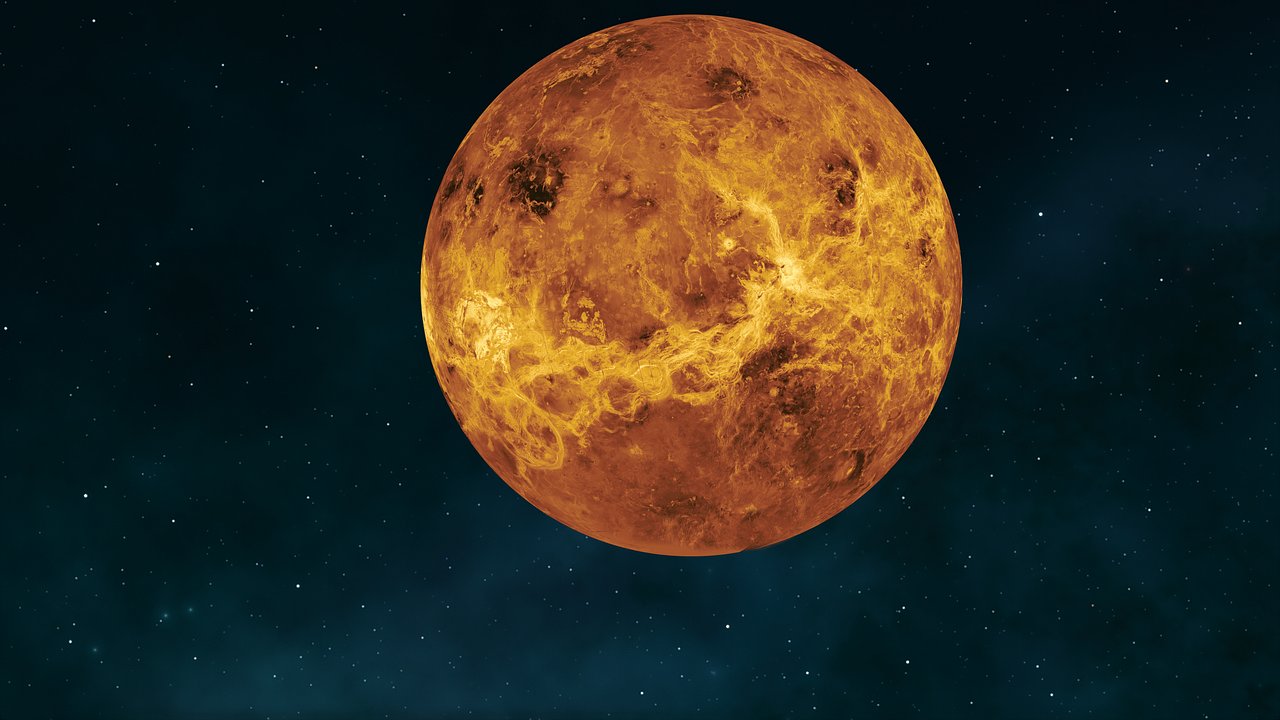Sometimes we go to bed tired and lament about how long the day was. Well, we should be thankful that we are not on Venus. This is because scientists who have been studying the Earth-sized planet for 15 years have recently revealed that a single day there is quite more than 24 hours.
Almost a whole earth year
As a matter of fact., one day in Venus takes 5832.5 hours or almost 244 earth days.
With harsh conditions like surface temperate hot enough to liquidify lead and acid rain, Venus is not the most hospitable planet. So the research team from UCLA spent years bouncing off the radar from the planet’s surface to learn more about how it works. Apart from how long the days are, the team discovered the degree of tilt on the planet’s axis and its core’s size.
Jean Luc Margot, a UCLA professor, and study author, explains that despite Venus being our sister planet, some of these details have remained a mystery. She adds that any future landing attempts could be off by as much as 30 kilometers without precise details on how the planet moves. It would essentially be like flying blind.
Earth has a lot in common with Venus, both being rocky planets of about the same mass and size. However, they evolved along dramatically different paths.
On 21 different occasions between 2006 and 2020, Margot and the team aimed radio waves at Venus from California’s Mojave Desert using a 70- meter- wide antenna. A few minutes later, the radio waves would bounce off Venus’ surface and return to earth.
Margot explains that they use Venus as a giant disco ball with the antenna as the flashlight and the planet’s surface as millions of tiny reflectors. Then, after highlighting it with a very powerful flashlight, probably 100,000 times stronger than a typical flashlight, they can infer properties about the planet’s spin.
Venus’ composition
The researchers say that the delay between the snapshot and the report to the Goldstone antenna gives them an estimate of how fast the planet is spinning. With the planet’s axis and tilt, scientists can now deduce the planet’s formation and composition.


